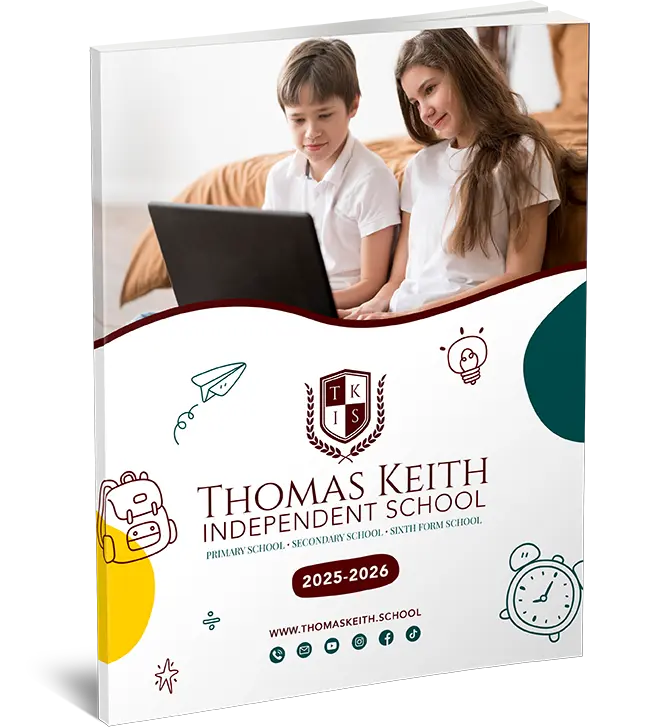Persuasive Letters For KS2: A Simple Guide
Persuasive Letters for KS2 are a fantastic way for students to practice writing with a clear purpose. These letters are written to convince someone to agree with your point of view or take a specific action. A persuasive letter has a clear structure, and the language used is straightforward and polite. This guide is designed for KS2 students to help them write a persuasive letter effectively, using an example from Thomas Keith Online Independent School.
Structure of a Persuasive Letter For KS2:
Greeting:
Start with a polite greeting. If you know the person’s name, use it. If not, a general greeting like “Dear Sir/Madam” works. This sets a respectful tone for your letter.
Introduction:
Begin by stating the purpose of your letter. Tell the reader why you are writing and what you want to achieve. This section should be clear and to the point.
Main Argument:
This is where you provide your reasons for writing. Explain clearly why the reader should agree with your point. Back up your opinion with facts or examples. In Persuasive Letters For KS2, it’s important to support your ideas with evidence, whether that’s examples from personal experience or well-known facts. This section is where you persuade the reader to take action.
Counter-Argument (optional):
If necessary, mention an opposing viewpoint and explain why your argument is stronger. Addressing counterarguments shows that you’ve thought carefully about the issue and can defend your position.
Conclusion:
End with a clear, respectful conclusion that reinforces your point. This is your final chance to persuade the reader to act on your letter’s message.
Sign Off:
Use a polite sign-off like “Yours sincerely” or “Best regards.” Always end on a respectful note.
![]()
Example:
Thomas Keith Online Independent School
Dear Headteacher,
I am writing to recommend Thomas Keith Online Independent School for its excellent educational programs. I believe that enrolling my child at this school will provide them with the best possible learning experience.
The school offers a flexible learning schedule, which is perfect for families with busy lifestyles. The online format also allows students to learn from the comfort of their own home, with access to high-quality resources and interactive lessons.
Additionally, the school’s experienced teachers provide personalised support to each student, ensuring that all their needs are met. This approach helps students feel confident in their abilities and motivates them to perform well.
I strongly believe that Thomas Keith Online Independent School offers an environment where children can grow, learn, and achieve their potential. I would be grateful if you could consider this recommendation.
Yours sincerely,
[Your Name]
![]()
FAQs
What should I include in a persuasive letter?
A persuasive letter should include a greeting, an introduction, clear arguments with supporting reasons or examples, and a conclusion. Make sure to explain your point of view clearly and persuasively.
How can I make my letter convincing?
Use simple and clear language. Provide solid reasons to support your opinion and avoid long or confusing sentences. The easier your letter is to understand, the more likely the reader is to be persuaded.
Can I use a persuasive letter for different purposes?
Yes, Persuasive Letters For KS2 can be used to request information, suggest improvements, or even apply for something. The basic structure of the letter remains the same regardless of the purpose.
Conclusion
Writing Persuasive Letters for KS2 is a great way to communicate your opinions and encourage others to take action. By keeping the letter clear and focused, with a strong argument and polite tone, you can effectively persuade the reader. Whether you’re writing about a school like Thomas Keith Online Independent School or any other topic, following this structure will help make your letter convincing and easy to read. Mastering the art of persuasive writing in KS2 can benefit students in many areas, from school projects to real-life situations.




